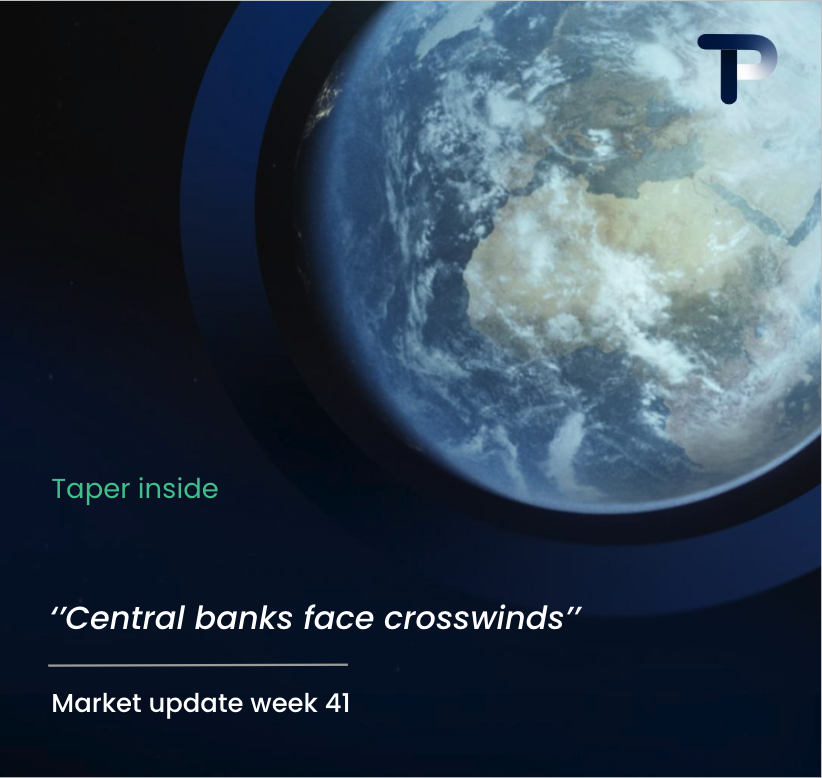The best payment structure depends on your specific business needs. Centralised payment structures offer greater control and regulatory compliance through traditional banking networks, making them ideal for businesses requiring strict oversight. Decentralised payment structures provide faster settlement times, lower costs, and reduced intermediaries, benefiting companies focused on efficiency and global accessibility. Most successful international businesses use a hybrid approach, combining both structures strategically.
What Is the Difference Between Centralised and Decentralised Payment Structures?
Centralised payment structures operate through single control points, typically traditional banks or financial institutions that manage all transactions through their internal networks. These systems feature hierarchical governance where one central authority validates, processes, and settles all payments.
In contrast, decentralised payment structures distribute authority across multiple nodes or participants. Rather than relying on a single institution, these networks use distributed ledger technology or peer-to-peer systems where multiple parties validate transactions collectively.
The governance models differ significantly. Centralised systems follow top-down decision-making processes, with banks setting fees, processing times, and operational rules. Decentralised networks typically use consensus mechanisms where network participants collectively agree on transaction validity and system changes.
Control mechanisms also vary considerably. Centralised structures maintain complete oversight of transaction flows, user data, and system modifications. They can freeze accounts, reverse transactions, or implement policy changes unilaterally. Decentralised systems distribute this control, making it difficult for any single entity to manipulate the network.
Operational characteristics reflect these fundamental differences. Centralised systems process transactions during business hours, often requiring multiple intermediaries for international transfers. Decentralised networks typically operate continuously, with automated processing reducing human intervention requirements.
How Do Centralised Payment Structures Work for International Businesses?
Centralised payment structures function through established banking networks like SWIFT, where correspondent banks facilitate cross-border transactions. Your business initiates a payment through your primary bank, which then coordinates with intermediary banks to reach the recipient’s financial institution.
Traditional banking networks provide single-point processing advantages. You work with one primary relationship manager who understands your business needs, transaction patterns, and compliance requirements. This centralised approach simplifies reporting, as all payment data flows through unified systems.
Regulatory compliance becomes more straightforward with centralised structures. Banks handle anti-money laundering checks, sanctions screening, and regulatory reporting automatically. They maintain detailed audit trails and can provide documentation required for tax purposes or regulatory inquiries.
These systems excel in risk management through established procedures. Banks offer fraud protection, transaction monitoring, and dispute resolution services. If problems arise, you have clear escalation paths and accountability structures.
However, centralised systems often involve multiple intermediaries for international transactions. Each bank in the chain may add fees, processing time, and potential failure points. Currency conversion typically happens at predetermined rates set by your bank, which may not reflect real-time market conditions.
Settlement times vary depending on destination countries and banking relationships. Transactions to major financial centres might clear within one to two business days, while payments to emerging markets could take several days or weeks.
Why Might Decentralised Payment Structures Benefit Global Commerce?
Decentralised payment structures eliminate traditional intermediaries, allowing direct peer-to-peer transactions between businesses. This reduction in middlemen translates to lower transaction costs, as you avoid multiple banking fees typically associated with correspondent banking relationships.
Settlement times improve dramatically with decentralised systems. While traditional bank transfers might take days to clear internationally, decentralised networks can process payments within minutes or hours. This speed advantage helps with cash flow management and supplier relationships.
Cost benefits extend beyond transaction fees. Transparent pricing models in decentralised systems eliminate hidden charges common in traditional banking. You can see exact costs upfront, making financial planning more predictable.
Enhanced transparency characterises decentralised networks. Transaction records are typically immutable and publicly verifiable, reducing disputes and improving trust between trading partners. This transparency can strengthen business relationships and simplify audit processes.
Accessibility improvements benefit businesses in emerging markets or regions with limited banking infrastructure. Decentralised payment structures can reach areas where traditional banking services are unavailable or unreliable, expanding your potential customer base.
These systems also provide greater control over your funds. Unlike traditional banks that can freeze accounts or delay transactions, decentralised structures typically allow you to maintain direct custody of your assets until the moment of transfer.
However, regulatory uncertainty remains a consideration. Different jurisdictions have varying approaches to decentralised payment systems, requiring careful compliance planning for international operations.
When choosing between centralised and decentralised payment structures, consider your business’s specific requirements for control, speed, cost, and regulatory compliance. Many successful international companies adopt hybrid approaches, using centralised systems for large, regulated transactions while leveraging decentralised networks for smaller, frequent payments. At TaperPay, we understand these complexities and help businesses navigate the optimal payment structure for their international operations, combining the benefits of both approaches where appropriate.
Hi there! 👋 I see you're reading about multi-currency IBAN accounts for supply chain payments. Smart choice - these accounts can save businesses 2-4% on every international transaction!
What best describes your current situation with international supplier payments?
Which of these challenges are you currently facing with international payments? (Select all that apply)
What's driving your interest in multi-currency payment solutions? Tell us about your business goals or challenges.
Great! To help us understand your specific needs better, could you share more details about your international payment volume or any particular requirements?
Perfect! Let's connect you with one of our international payments specialists who can show you exactly how Taper's multi-currency IBAN accounts can save you money and streamline your supply chain payments.



